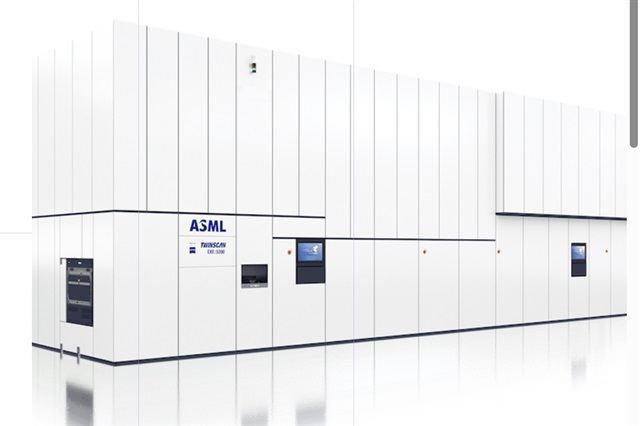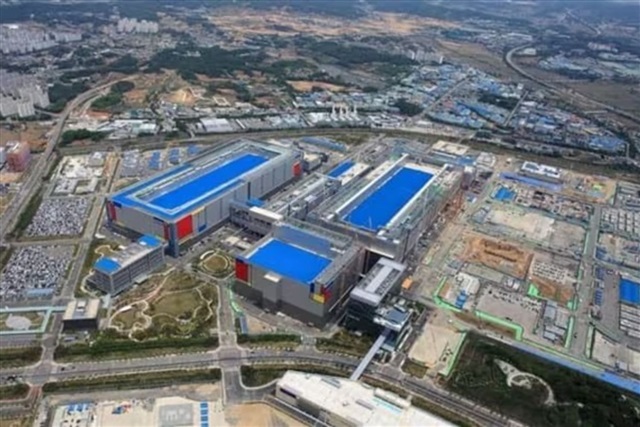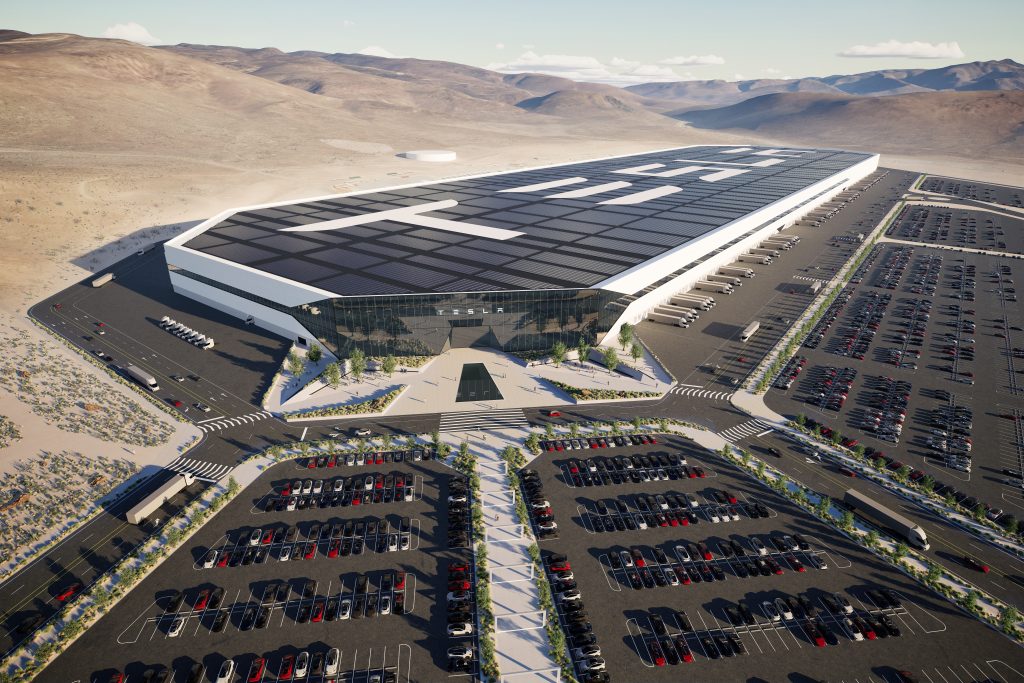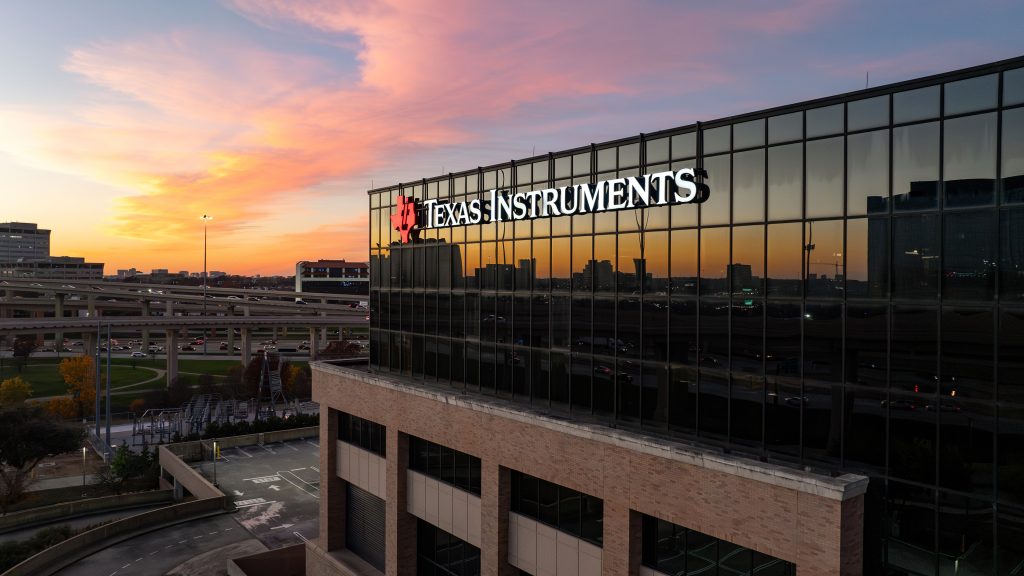
ASML posted stronger-than-expected second-quarter 2025 earnings and projected a 15% jump in revenue for 2025 while maintaining a robust gross margin forecast of around 52%. However, the Dutch semiconductor equipment giant cautioned that macroeconomic and geopolitical uncertainties could hinder growth momentum in 2026.
Despite these potential challenges, ASML confirmed robust demand this year for its extreme ultraviolet (EUV) lithography systems, particularly for its high-NA EUV tools, with the segment projected to grow by 30% in 2025. The company highlighted artificial intelligence as a significant factor driving expansion in both logic and memory chips and indicated that demand is expected to remain resilient in 2026.
High-NA EUV marks milestone in commercialization
During the earnings call, ASML CEO Christophe Fouquet confirmed that ASML shipped its first EXE:5200B system in the previous quarter. A decade after the company began developing High-NA EUV technology in 2015, the tools have now reached commercial viability for high-volume chip production.
Dutch technology news outlet Tweakers has reported that Intel is the inaugural customer for High-NA EUV technology, intending to implement it at its 14A process node. Although ASML has been supplying the previous EXE:5000 systems since 2023 for research and pilot production purposes, with TSMC and Intel among the users, the delivery of the EXE:5200B model marks a significant milestone, signaling the start of large-scale manufacturing.
Intel leads, while TSMC and Samsung tread carefully
The first chips produced using High-NA lithography will take time to hit the market. Intel remains the only chipmaker to disclose a concrete roadmap, stating that risk production on its 14A process will begin in 2027, with volume production targeted for 2028.
TSMC, by contrast, may defer adoption of High-NA EUV. According to senior vice president Kevin Zhang, the Taiwanese foundry intends to skip High-NA for its A14 (1.4nm) node, continuing instead with 0.33-NA EUV tools. This suggests that while Intel seeks to deploy High-NA at 14A, TSMC may stick with Low-NA EUV for its equivalent technology node. Meanwhile, Business Post reports that Samsung has yet to finalize its timeline for High-NA deployment, though it is considering adoption for sub-2nm nodes.
AI boom fuels demand, but customer base narrows
The artificial intelligence boom in semiconductors, fueled by companies like Nvidia, AMD, TSMC, and SK Hynix, has lifted demand for advanced chips. But it has also strengthened TSMC's dominant position in the foundry business, raising concerns that ASML's customer base is becoming increasingly concentrated.
Analysts have warned that this growing reliance on a single buyer could pose strategic risks. A heavier dependence on TSMC might leave ASML in a weaker position during future negotiations over pricing and supply terms.
Investment banks Jefferies and Barclays have questioned whether the wave of AI-driven spending by ASML's top clients will translate into near-term orders for chipmaking equipment. In recent weeks, several Wall Street firms have cut their price targets for ASML stock, pushing them to their lowest levels in a year and a half.
However, Bloomberg Intelligence noted demand could get a lift after the US government gave Nvidia and AMD the green light to resume exports of advanced chips to China. That decision could help sustain ASML's equipment orders as the global AI buildout continues.
Stay up to date with the latest in industry offers by subscribing us. Our newsletter is your key to receiving expert tips.

Samsung Electronics is transforming its Pyeongtaek Campus Line 4 (P4) in South Korea into a manufacturing base focusing on HBM4 production. Analysts indicate that Samsung is increasing the proportion

Samsung scores another major foundry victory, expanding its roster of high-profile clients on advanced nodes. After Tesla selected the company in July to produce its AI6 processor under a $16.5 billio

Texas Instruments, a leading analog IC maker, has released its Q3 2025 results, with its cautious Q4 outlook sparking concerns over the broader semiconductor market. According to Reuters, the company